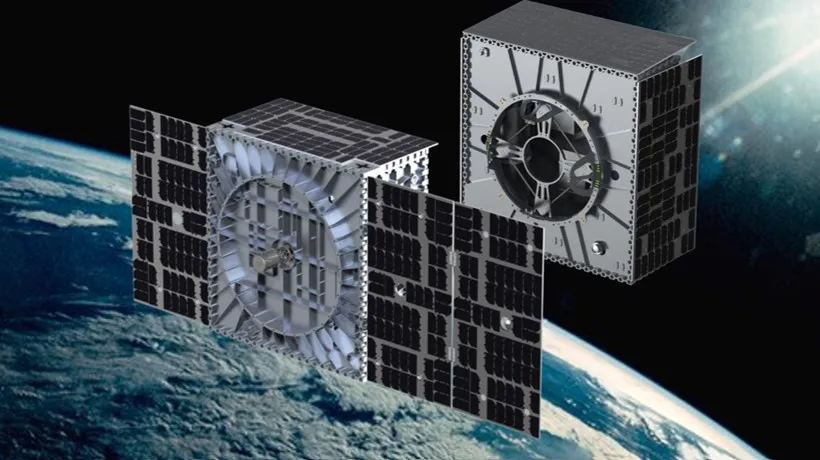Few missions more acutely embody the maxim “space is hard” than Atomos Space’s first demonstration mission, which the company has managed to pull back from the brink of disaster — more than once.
That demonstration mission, dubbed Mission-1, launched to orbit on a SpaceX Falcon 9 rocket on March 4. The objectives of the mission are ambitious to the extreme: The two spacecraft — an orbital transfer vehicle called Quark-LITE and a target vehicle called Gluon — will eventually demonstrate extremely complex maneuvers including rendezvous, docking, orbital transfer, and on-orbit refueling.
The company has faced two main issues related to communications and the spacecraft rotation rate — and it’s (largely) solved both problems, despite enormous constraints, infrequent data packets, and extremely limited bandwidth. (So limited, in fact, that the team has had to cap its flight software updates to a string of text that is just 145-characters long.)
“It’s been relentless,” Atomos CEO and co-founder Vanessa Clark.
The company’s COO and co-founder, William Kowalski, agreed. “What makes it so hard, even in our situation, we’re trying to extrapolate the status of a very complicated system from maybe 100 bytes of data,” he said. “It’s a lot of, you’re making guesses as to what is driving this, knowing that some of those guesses could take you down a path where you never recover.”
The issues started just hours after the two spacecraft, which are mated together, deployed from the Falcon 9 upper stage. Deployment was nominal, and Atomos received its first ping from the spacecraft seven minutes after deployment. The mood was celebratory.
But then 40 minutes went by until the company got its next ping. Then eight hours.
Atomos was expecting data packets every couple of minutes.
“The worst [day] was the Monday when we launched, that evening,” Kowalski said. “It was 11 o’clock at night, it was me and the chief engineer … and we haven’t heard anything, and we’re just thinking, did we fail? Did they die? We gave it a shot, and it just didn’t work. That was really a gut punch.”











